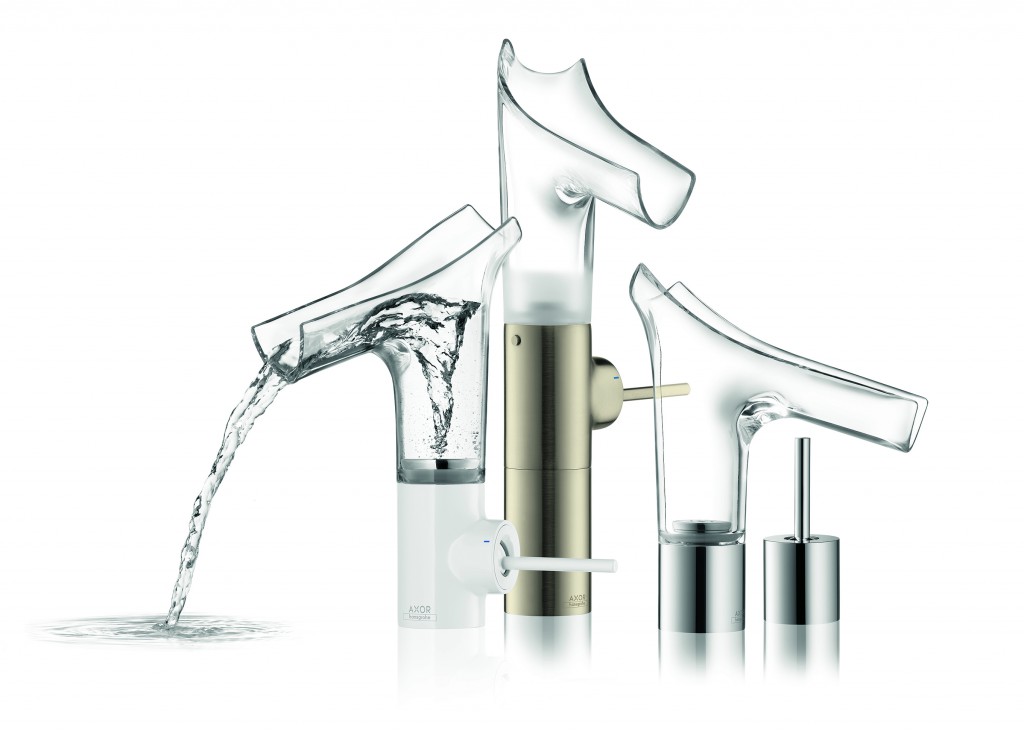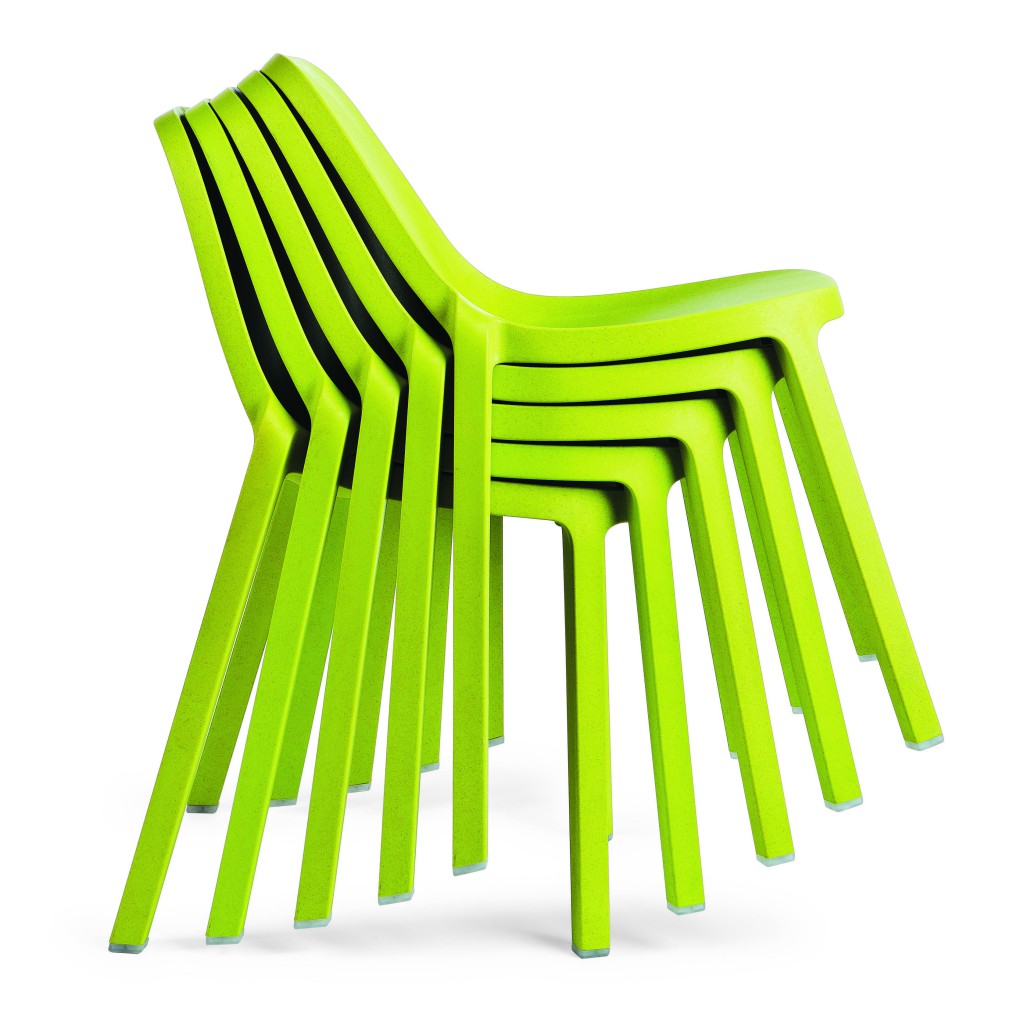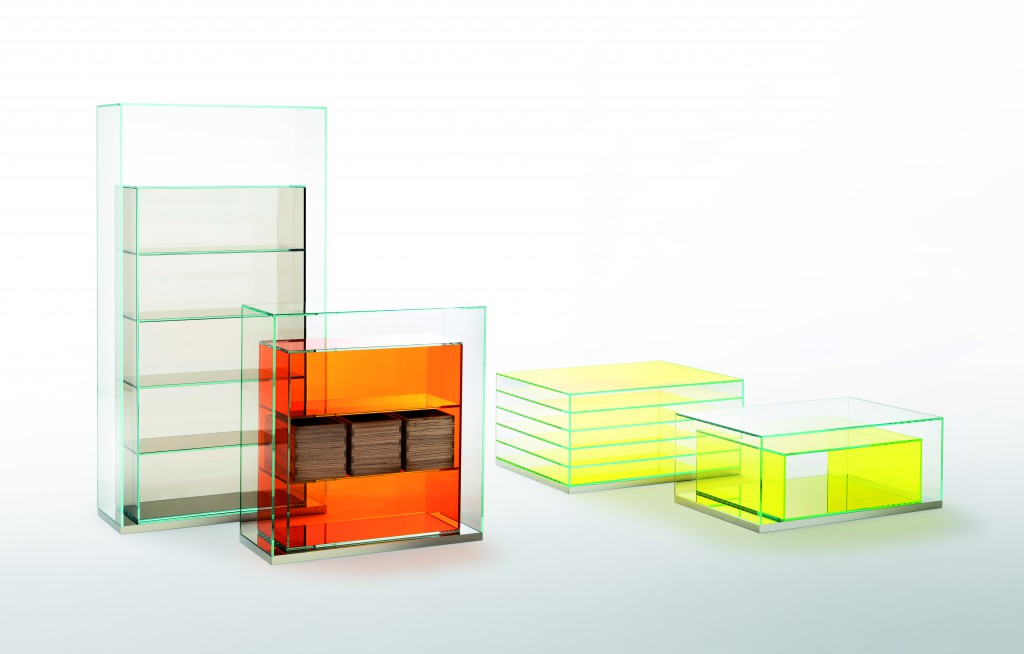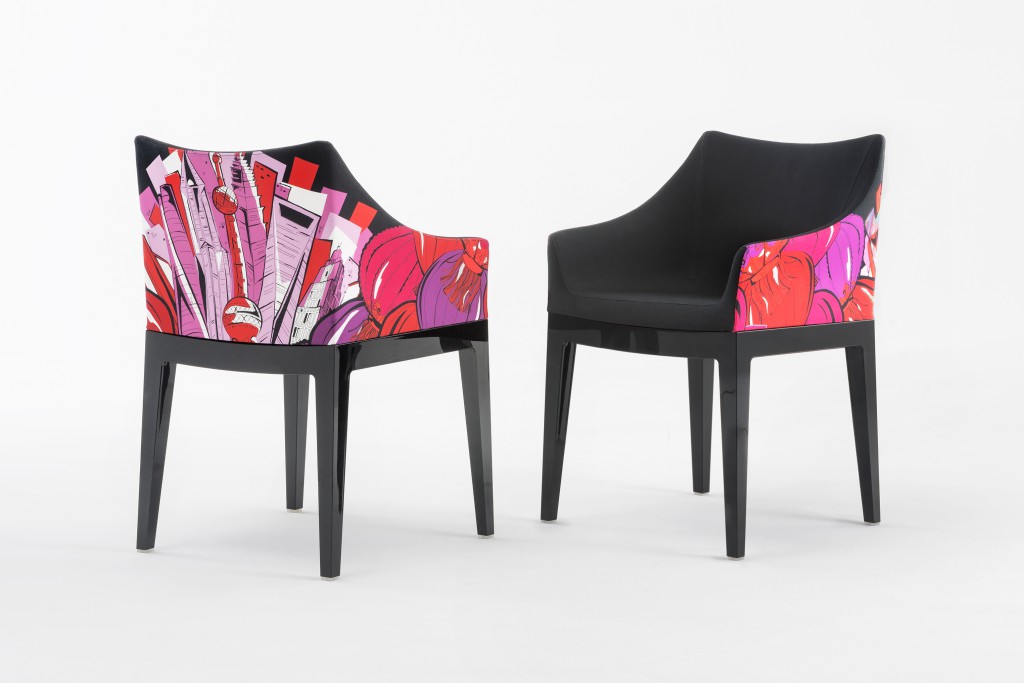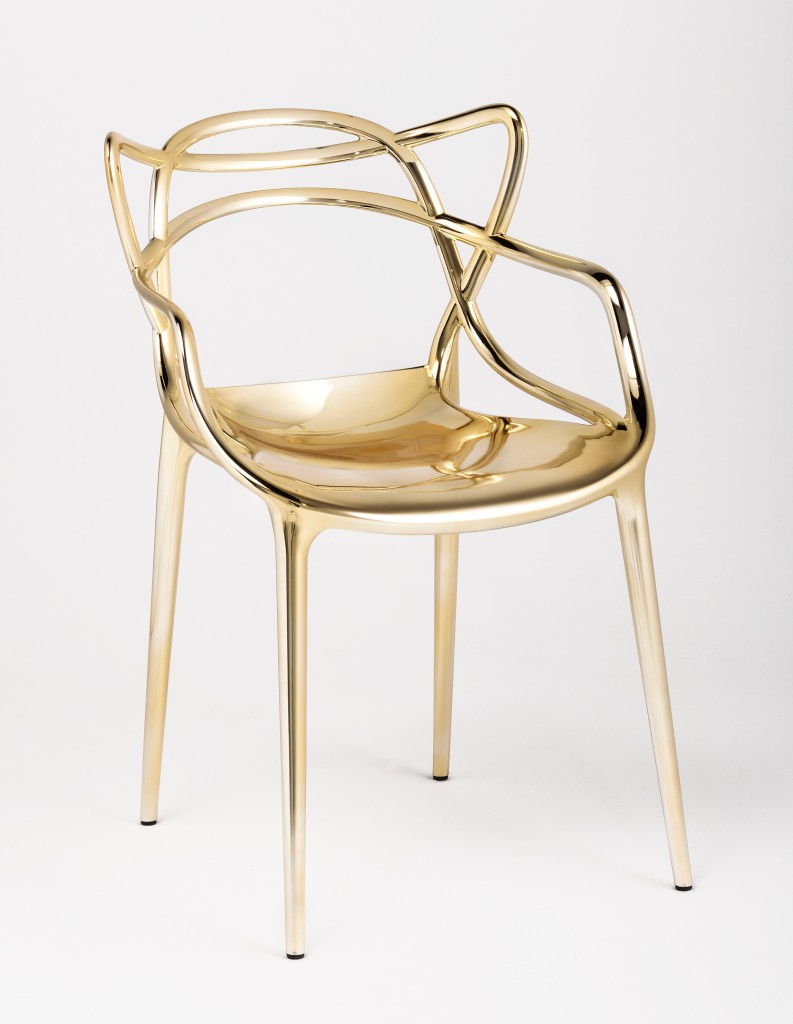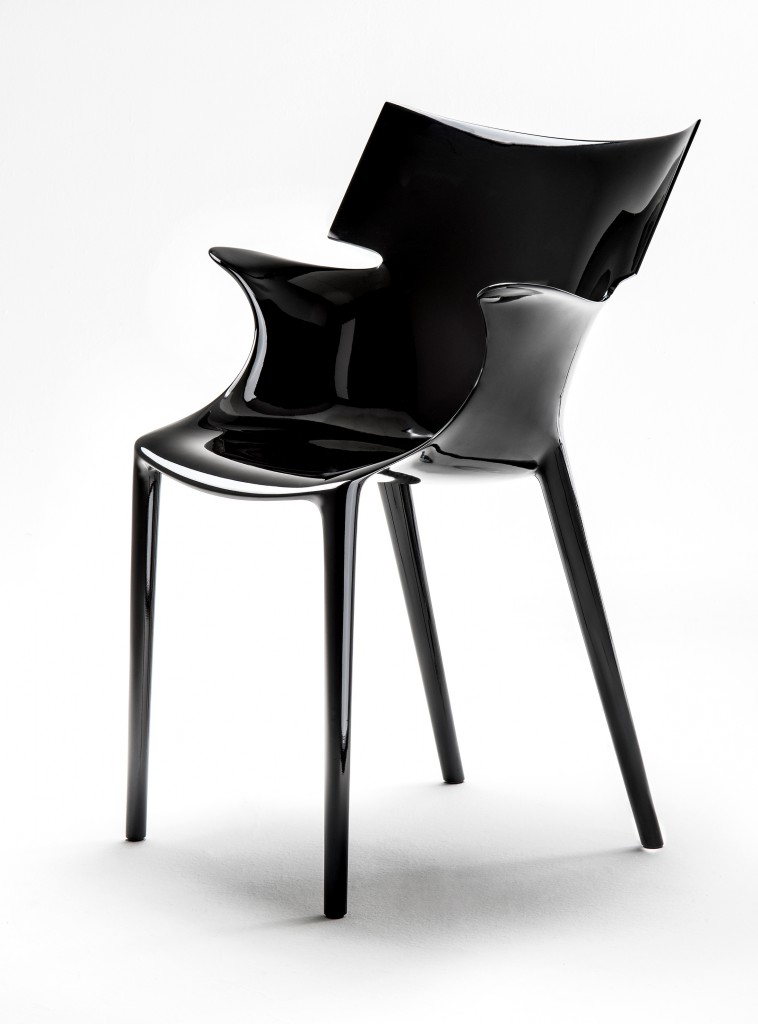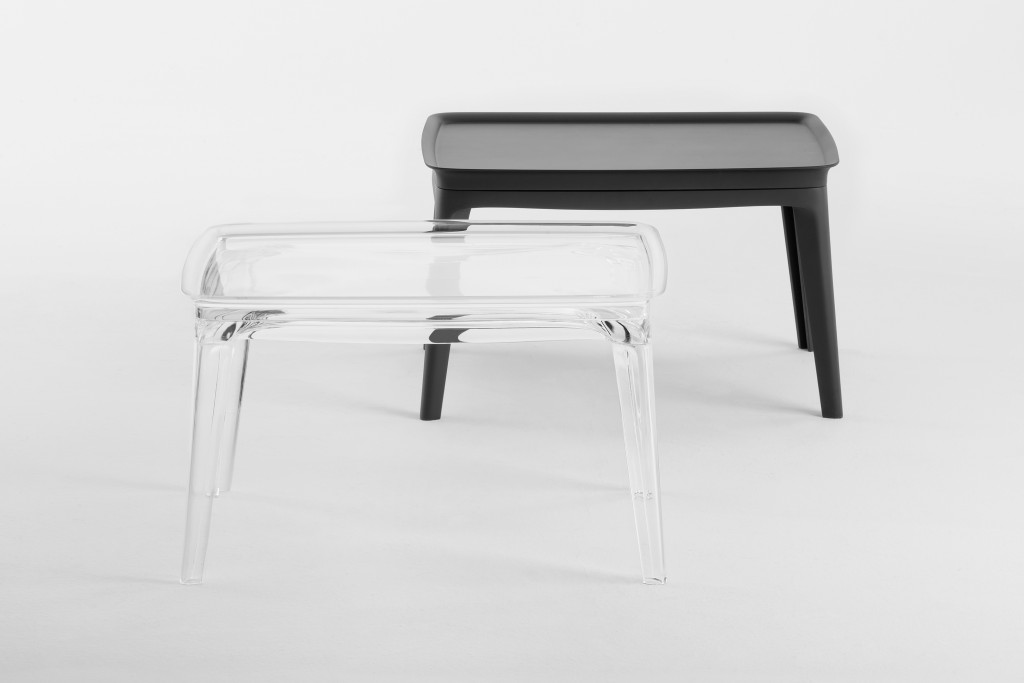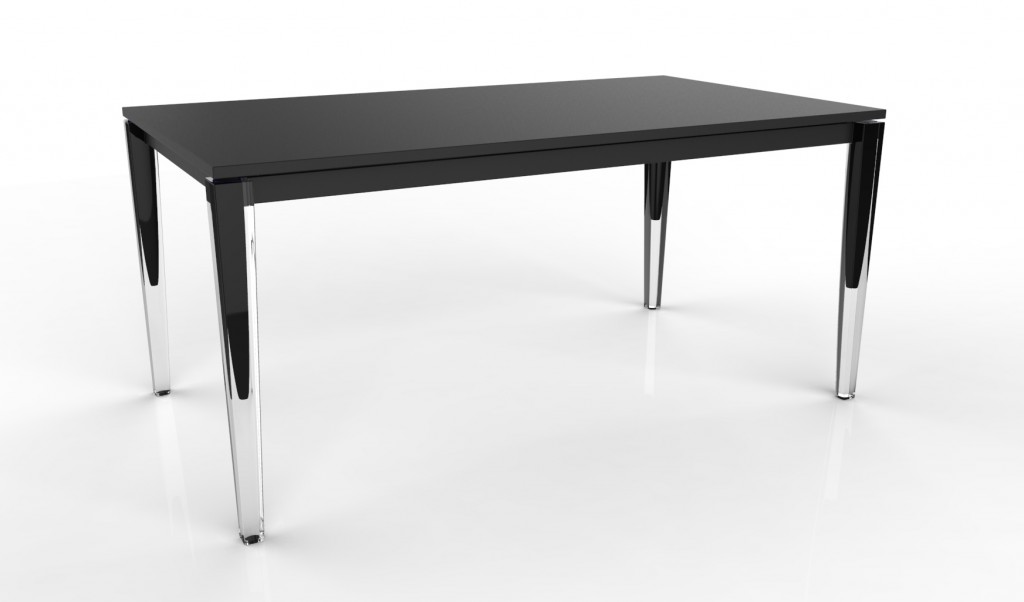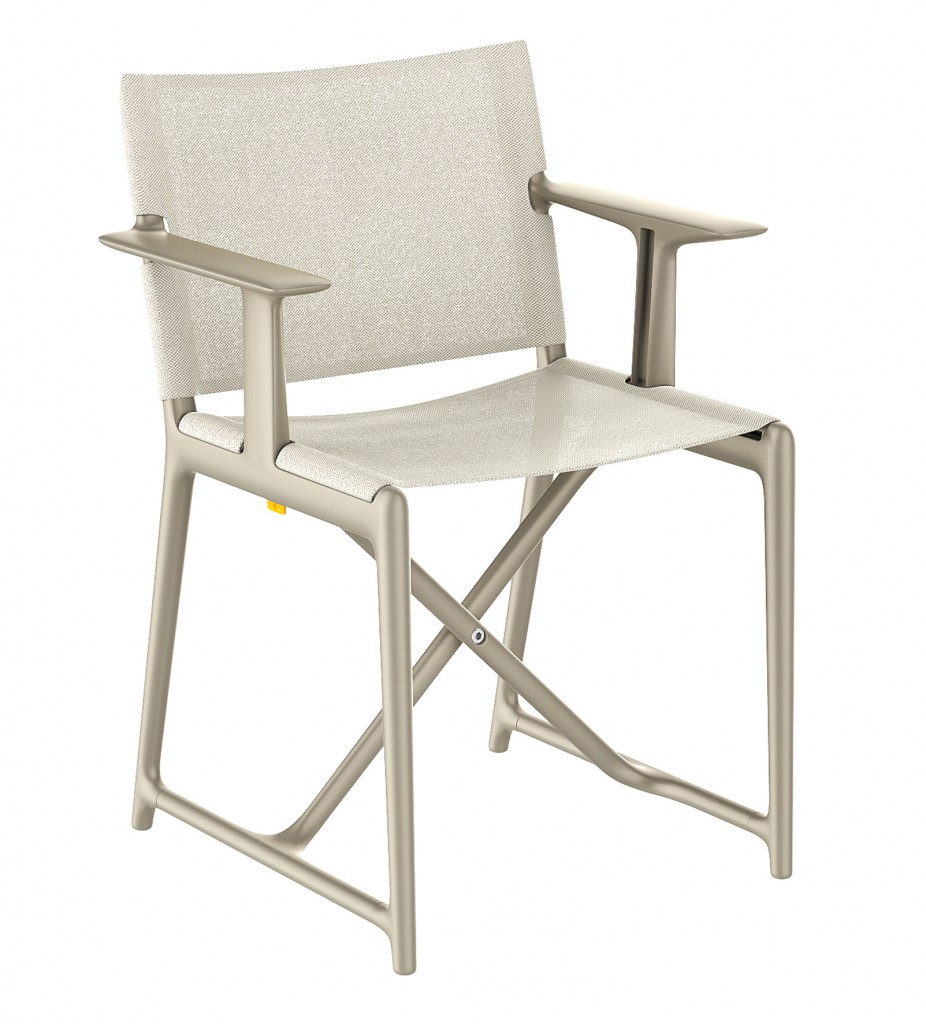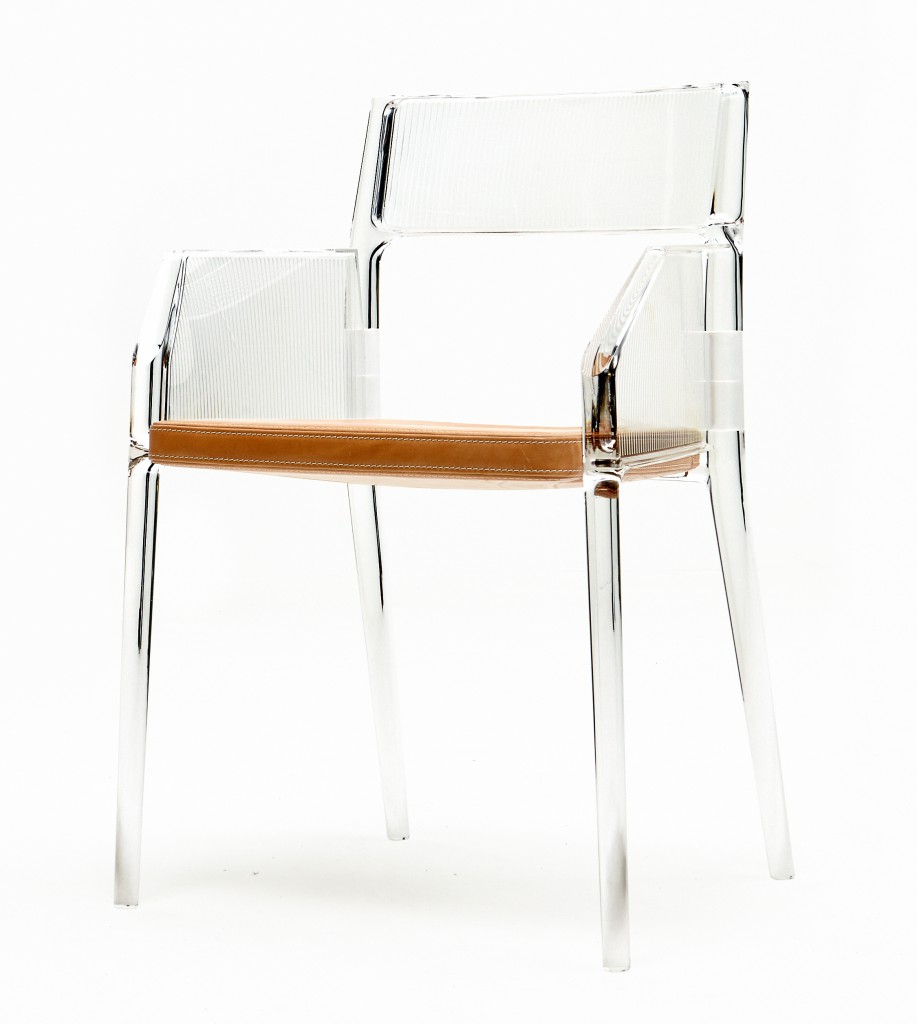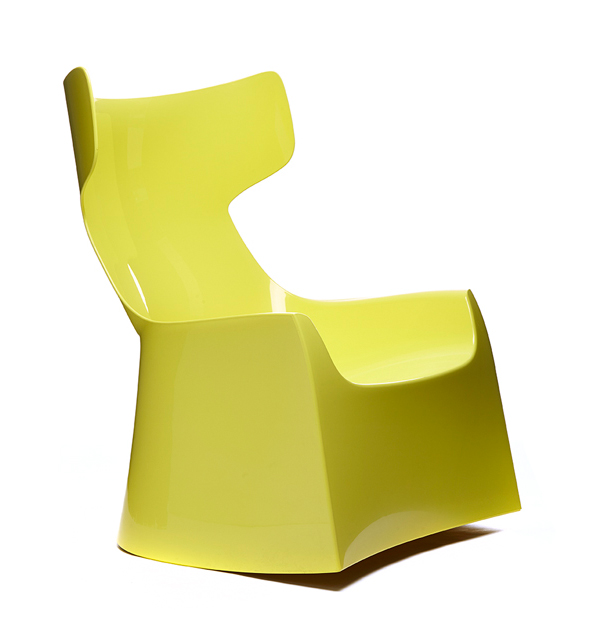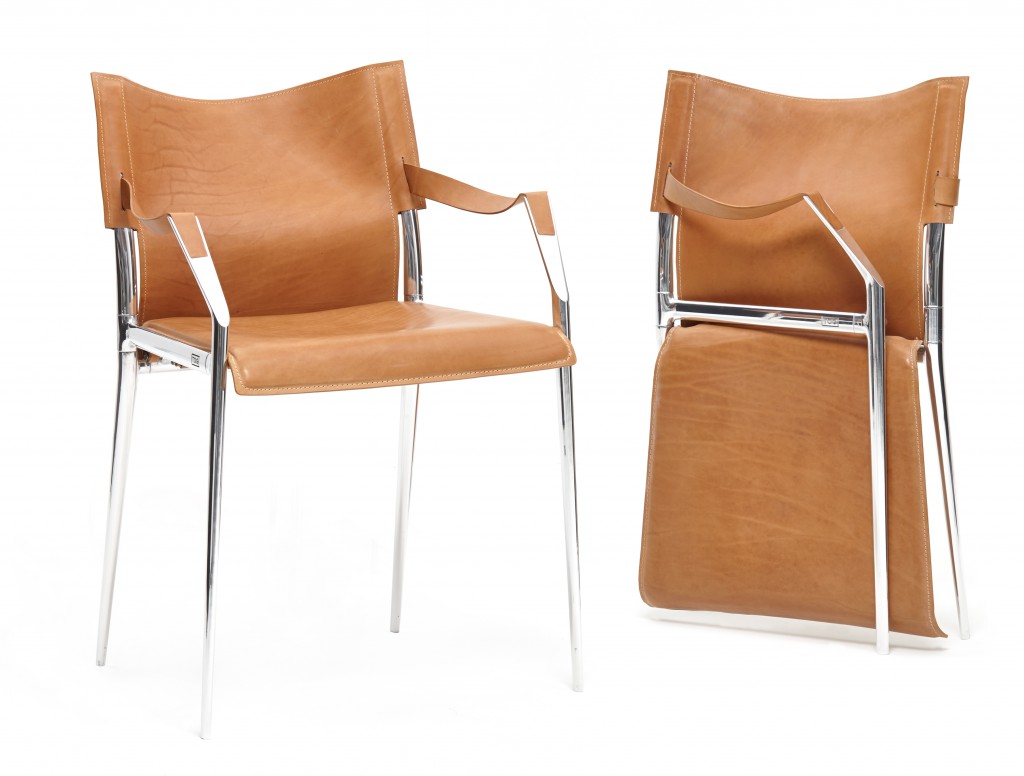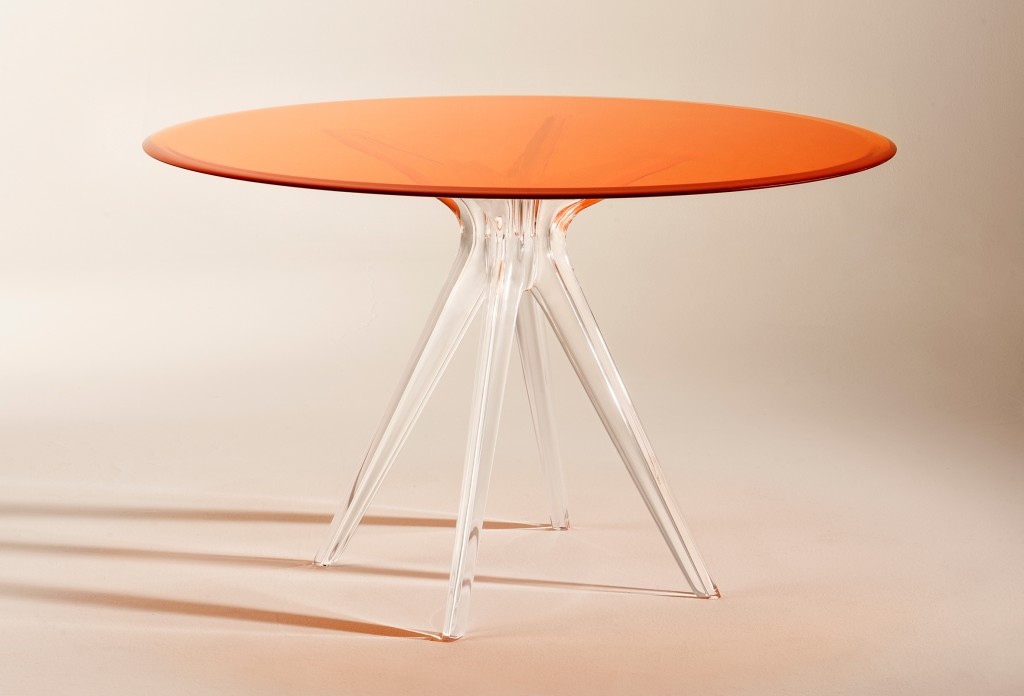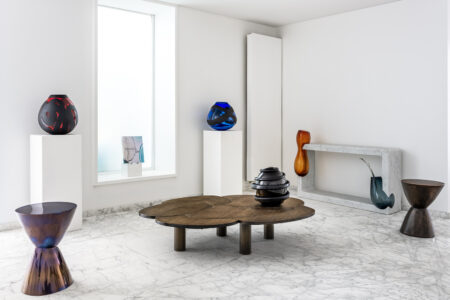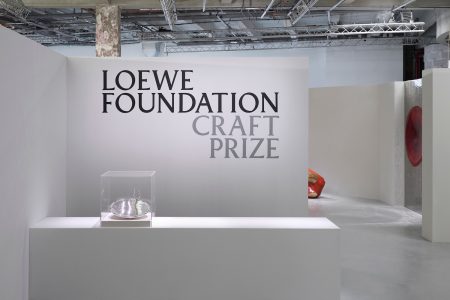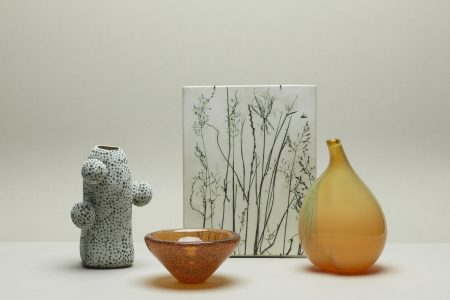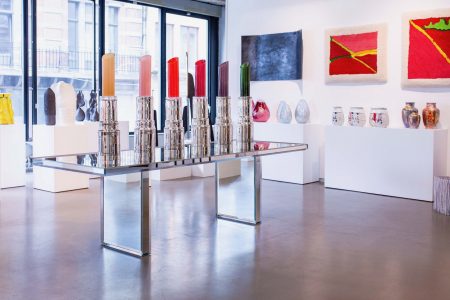Material Tendencies: Philippe Starck
Rather than trying to create beautiful objects, the French designer and architect considers it his duty to invent things that make life better for the largest number of people possible. He believes that the existence of an object is only justified when it serves others – or in the best case – when it ends up leaving behind something for others to develop further.
Philippe Starck’s attempt is to look at design from a different angle. He does not care about the product itself, or for the market. Instead, he tries to make the object for the result, for the people who will use it or will live in the place he designs. With his projects, he wants to create experiences and emotions. Some of his objects are amusing or rebellious. For Starck, ‘feeling good’ is important.
Architonic asked Philippe Starck what material he would choose if he had to decide to work with just one for the next three years.
Starck: ‘The brain, intelligence and creativity. Because these are the real materials – these are the original materials. Before everything, you need a brain. When you know why you do it, when you have an ethical vision, when you try to give a better life to your friends and family, then any type of material is good. But I would always say plastic, because I’m a communist and I always want to make things more and more affordable. I want to reach the maximum I can, for everybody. Only mass-produced plastic objects can do this.’
For many years, Starck has promoted the use of plastic as an accessible and innovative material. He is aware that with design we cannot solve every problem, but he believes that we can make small steps so that design is not completely useless. His aim is to make less – less design, less material, less energy … to end up with more.
Anita Hackethal, Architonic: What about glass?
‘I am not very pervert, but I’m very mental. And there is one thing that is also very mental: glass. Glass is not a real material. It is still one of the biggest mysterious sciences, because, even now, nobody can say if it is solid or liquid. It’s more liquid than solid, but one cannot decide. Glass is fascinating. It is not necessarily the material itself but what it does. Glass does not exist – it is invisible. But it is a very rich invisibility because of the reflection of its surroundings, the refraction, amplification, aberration; … it is the closest of dematerialisation.’
AH: Given your vast experience with plastic, please tell us about the difference when working with glass?
PS: ‘Working with glass and plastic is completely different. Plastic is soft, you can make what you want with it. There is no limit – just your mind maybe has a limit. With glass, it is exactly the contrary, you have to follow the glass, you have to play inside the quality of the glass. It is symmetrical. That is why it is so magic and so interesting to succeed, quite challenging. You have to deal with many limits. It is really strong. The science of glass is the science of glue – because you can make everything with high-tech glue now. But you can take the best-quality high-tech glue; if you don’t do it with the exact perfect temperature and timing, it will break immediately or six months later, but it will break. It is a science of drying glue…’
AH: Is there a material that you could immediately reject?
PS: ‘Yes, all the natural materials! Wood. Wood has to stay in the trees. Leather has to stay on the cow. Everything that kills any vegetable or animal should not be used! Or, until we have an alternative. Today, it is completely archaic to destroy forests or to kill animals. It is a regression of humanity. And it is a stupid strategy.’
Using plastic can be much more eco-friendly than killing cows or cutting down trees. Philippe Starck wants to create pieces with a minimal impact on the environment – sustainable and people-friendly. It is not about recycling, but about restructuring production and preserving natural resources. For years he is been thinking of an idea of how we can have a post-plastic era. What will happen when petrol disappears and there will be no plastic?
‘For plastic I used to use petrol, but clearly the quantity we need for the affordable price we have today will be dead in 2020 – that means in about five years! There are no serious studies about post-plastic ever,’ explains Starck, ‘Post-energy exists – we shall use electric hydrogen, a lot of alternatives, Bill Gates Terra Nova Energy and things like that. But for plastic there is no real alternative yet. We speak about seaweed, about amidon of something but nothing really works today. Save plastic! With glass we don’t have to be concerned about the material itself, but we have to worry about the fire, because there is no fire without oil, and gas is available for 50 to 60 years more. Wood? Please try not to touch it! With glass we are fucked also, just later.’
This article originally appeared on Architonic, where TLMag presents articles in French and English.
